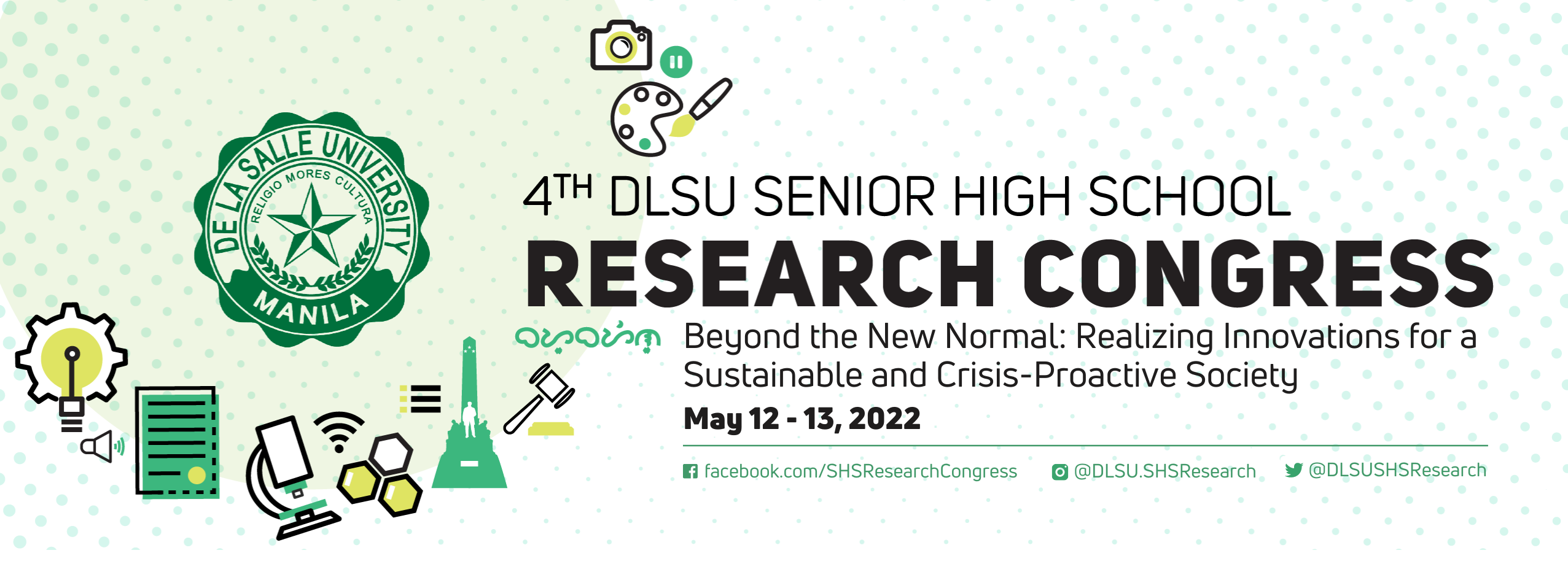Document Types
Poster Presentation
Research Advisor (Last Name, First Name, Middle Initial)
Michelle T. Manglicmot
Start Date
12-5-2022 3:30 PM
End Date
12-5-2022 5:30 PM
Abstract/Executive Summary
The waters of Laguna Lake support the local aquaculture industry, serve as a waste sink for household and industrial wastes, and more. The pollution caused by the incorrect disposal of human and chemical waste, and eutrophication due to the numerous aquaculture sites have deprived parts of the lake of its dissolved oxygen, leading to reported fish kills in the area. A previous study from 2018 had assessed the water quality of Laguna Lake through geostatistical modeling, a method that uses pre-existing data to generate prediction maps, with the results showing that it had deteriorating water quality and its ecosystem is in danger. The present study is an updated geostatistical model of the state of Laguna Lake to check whether the efforts for its sustainable development have been effective. Variogram models and kriging were generated to model data for October 2020 for biological oxygen demand, dissolved oxygen, pH, ammonia, nitrate, and inorganic phosphate. Cross-validation tests were performed to ensure the validity of the models. Overall, the models displayed trends that can be attributed to the aquaculture activities in the lake, with the West Bay showing high levels of ammonia, biological oxygen demand, and inorganic phosphate. Further monitoring and sustainable development efforts must be made to maintain its health. The study showed the utility of using geostatistical models to improve the understanding and monitoring of lake systems even with limited data. Additional information on water movement and other parameters are recommended to further improve the models.
Keywords
Laguna Lake; water quality; physicochemical parameters; geostatistical model; cross-validation test
Research Theme (for Paper Presentation and Poster Presentation submissions only)
Sustainability, Environment, and Energy (SEE)
Included in
Water Quality Assessment of Laguna de Bay Through Geostatistical Analysis of Physicochemical Parameters
The waters of Laguna Lake support the local aquaculture industry, serve as a waste sink for household and industrial wastes, and more. The pollution caused by the incorrect disposal of human and chemical waste, and eutrophication due to the numerous aquaculture sites have deprived parts of the lake of its dissolved oxygen, leading to reported fish kills in the area. A previous study from 2018 had assessed the water quality of Laguna Lake through geostatistical modeling, a method that uses pre-existing data to generate prediction maps, with the results showing that it had deteriorating water quality and its ecosystem is in danger. The present study is an updated geostatistical model of the state of Laguna Lake to check whether the efforts for its sustainable development have been effective. Variogram models and kriging were generated to model data for October 2020 for biological oxygen demand, dissolved oxygen, pH, ammonia, nitrate, and inorganic phosphate. Cross-validation tests were performed to ensure the validity of the models. Overall, the models displayed trends that can be attributed to the aquaculture activities in the lake, with the West Bay showing high levels of ammonia, biological oxygen demand, and inorganic phosphate. Further monitoring and sustainable development efforts must be made to maintain its health. The study showed the utility of using geostatistical models to improve the understanding and monitoring of lake systems even with limited data. Additional information on water movement and other parameters are recommended to further improve the models.


